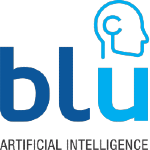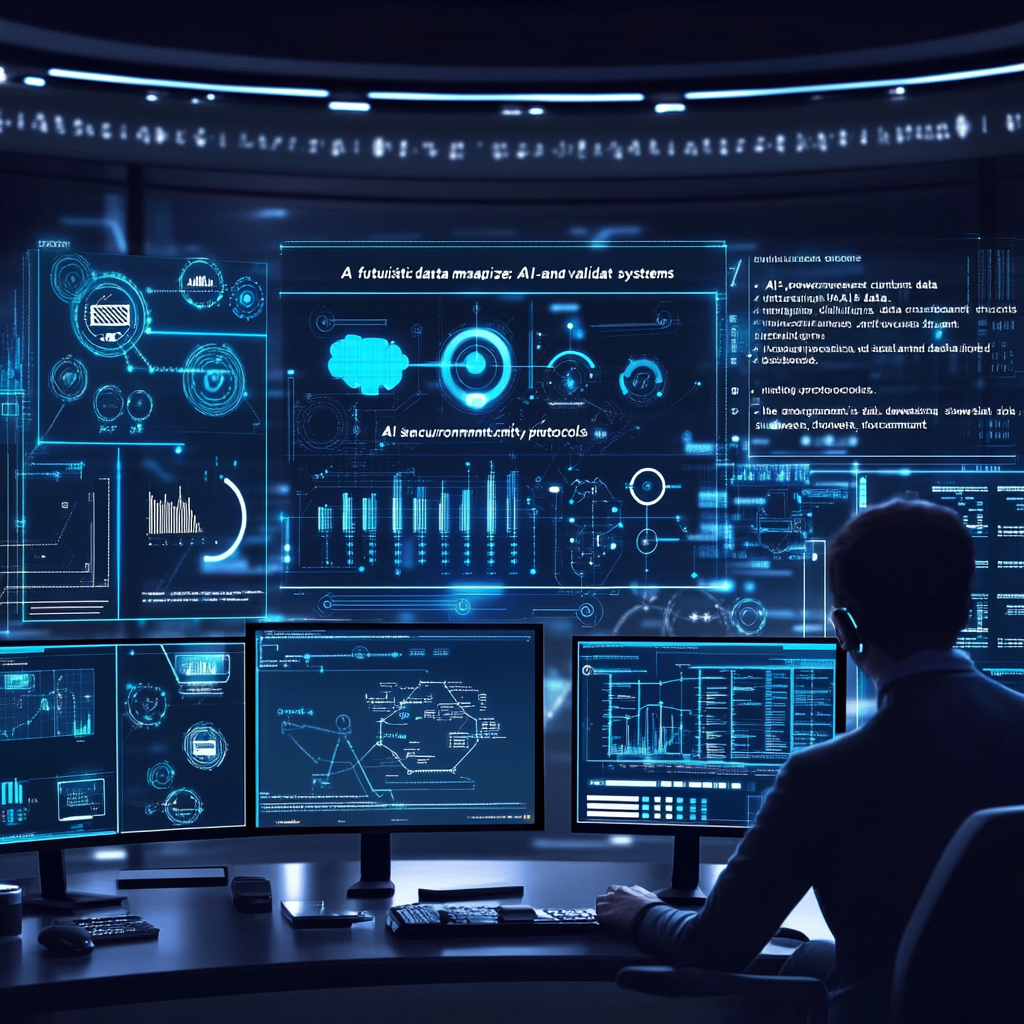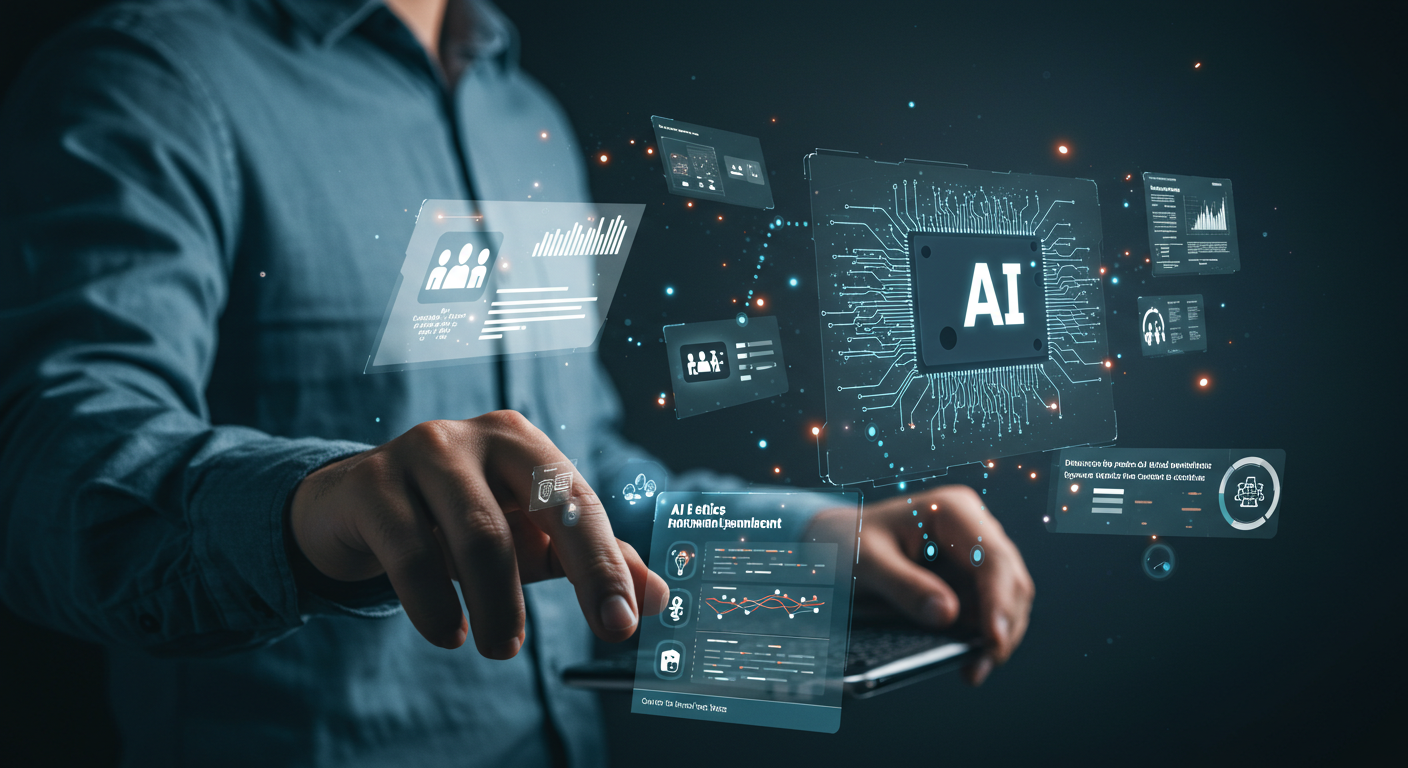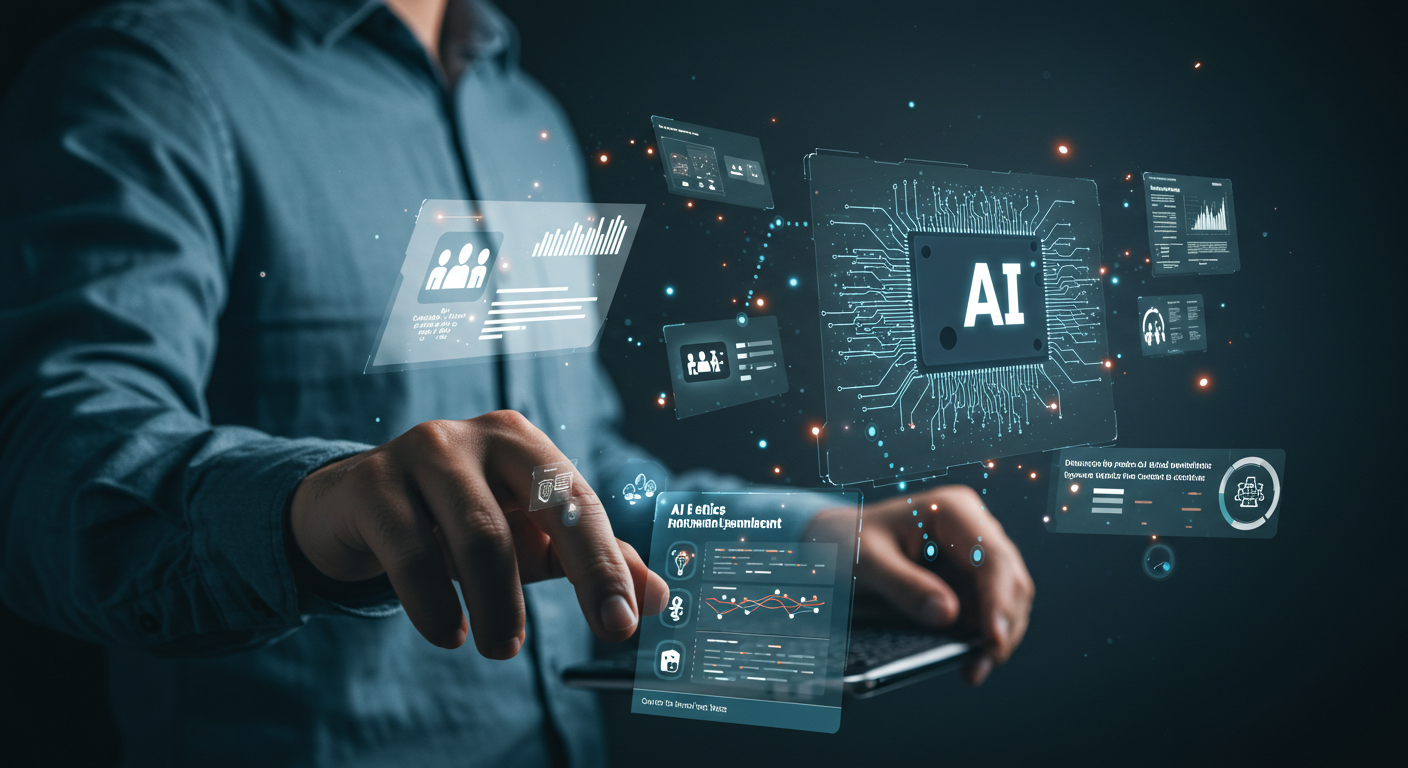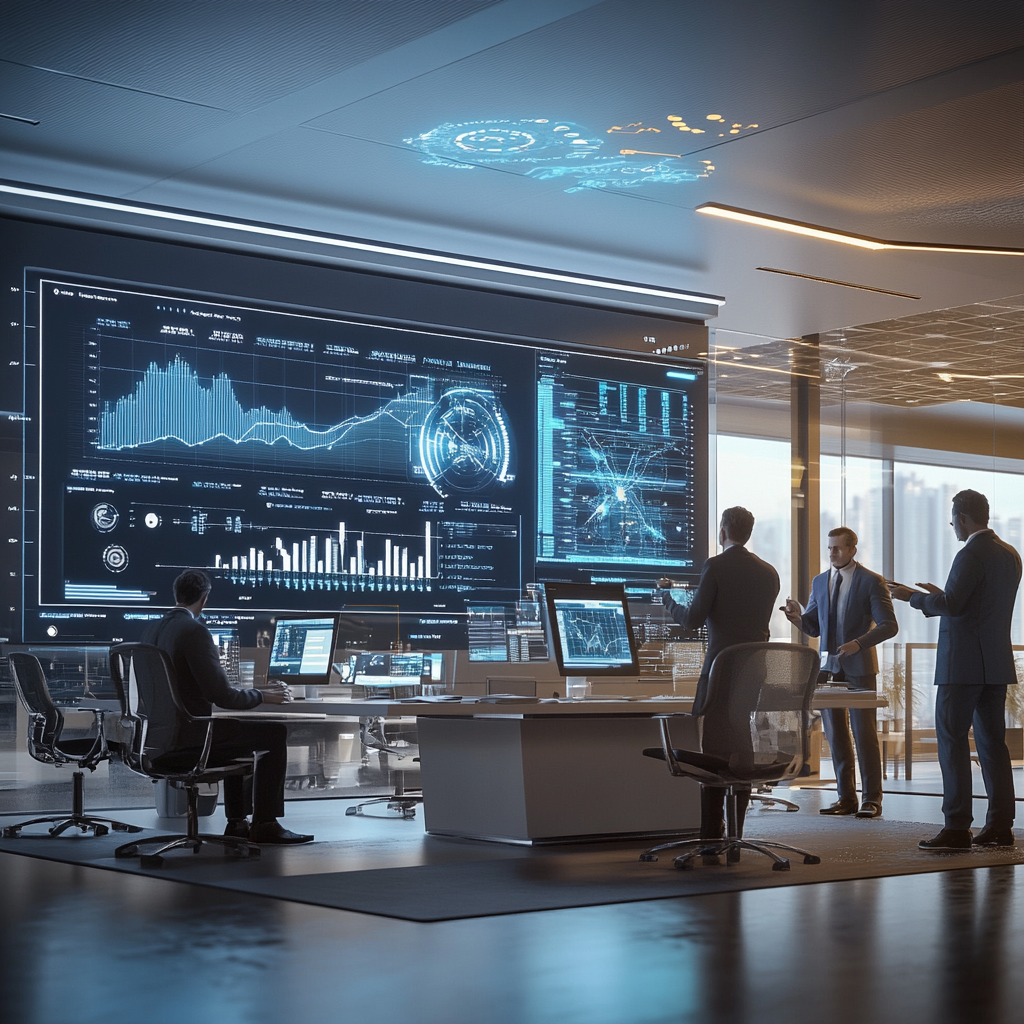
The Human-AI Symbiosis in Organizational Settings: Balancing Automation and Human Expertise
As artificial intelligence (AI) continues to advance, its integration into [...]
As artificial intelligence (AI) continues to advance, its integration into the workplace is becoming increasingly common. However, the relationship between AI and human workers is not one of replacement, but rather one of symbiosis. In organizational settings, the challenge lies in finding the right balance between automation and human expertise. This article explores how businesses can effectively manage this human-AI symbiosis to enhance productivity, drive innovation, and maintain a healthy organizational culture.
The Evolving Role of AI in the Workplace
AI has transitioned from a futuristic concept to a practical tool that is reshaping industries. In the workplace, AI is used for a variety of tasks, from automating routine processes to providing advanced analytics that support decision-making. However, while AI can handle tasks with speed and precision, there are still many areas where human expertise is irreplaceable. Understanding this dynamic is crucial for organizations looking to maximize the benefits of AI.
Benefits of Human-AI Symbiosis
- Enhanced Productivity: By automating repetitive tasks, AI frees up human workers to focus on more complex and creative work. This symbiotic relationship can significantly boost overall productivity, as employees are able to leverage AI tools to work more efficiently.
- Improved Decision-Making: AI provides data-driven insights that can support human decision-making. When combined with human intuition and experience, these insights lead to more informed and effective decisions, particularly in complex or uncertain situations.
- Innovation and Creativity: AI can augment human creativity by providing new ideas, identifying trends, and offering different perspectives. This collaboration between AI and humans can lead to breakthrough innovations that might not have been possible otherwise.
- Personalized Customer Experiences: In customer-facing roles, the combination of AI’s data analysis capabilities and human empathy allows for highly personalized and meaningful interactions with customers, enhancing satisfaction and loyalty.
Challenges of Human-AI Symbiosis
- Skill Gaps: As AI becomes more integrated into the workplace, there is a growing need for employees to develop new skills that enable them to work effectively alongside AI systems. Addressing these skill gaps is essential for a successful human-AI partnership.
- Ethical Considerations: The use of AI in the workplace raises ethical questions, particularly around issues of fairness, transparency, and accountability. Organizations must establish clear guidelines to ensure that AI is used responsibly and in ways that benefit both the business and its employees.
- Resistance to Change: Introducing AI into the workplace can lead to resistance from employees who fear job displacement or are uncomfortable with new technologies. It is important for organizations to address these concerns through transparent communication and inclusive change management strategies.
Strategies for Balancing Automation and Human Expertise
- Invest in Employee Training: To foster a successful human-AI symbiosis, organizations must invest in training programs that equip employees with the skills they need to work alongside AI. This includes technical skills as well as soft skills such as critical thinking and adaptability.
- Create a Culture of Collaboration: Encourage a culture where AI is seen as a collaborative partner rather than a competitor. This involves promoting open dialogue about the benefits and challenges of AI and ensuring that employees feel valued and supported in their roles.
- Implement Ethical AI Practices: Establish ethical guidelines for AI use that prioritize fairness, transparency, and accountability. This will help build trust among employees and ensure that AI is used in ways that align with the organization’s values.
- Leverage AI for Strategic Tasks: Use AI to support strategic tasks such as data analysis, scenario planning, and decision-making. By focusing AI on tasks that complement human strengths, organizations can create a more balanced and effective workplace.
Conclusion
The integration of AI into organizational settings presents both opportunities and challenges. By embracing the human-AI symbiosis and finding the right balance between automation and human expertise, businesses can enhance productivity, drive innovation, and maintain a positive organizational culture. At Blu, we are committed to helping organizations navigate this evolving landscape. Contact us today to learn more about how AI can work alongside your team to achieve greater success.
Share this article
Follow us
A quick overview of the topics covered in this article.
Latest articles
April 29, 2025
April 22, 2025
April 9, 2025
